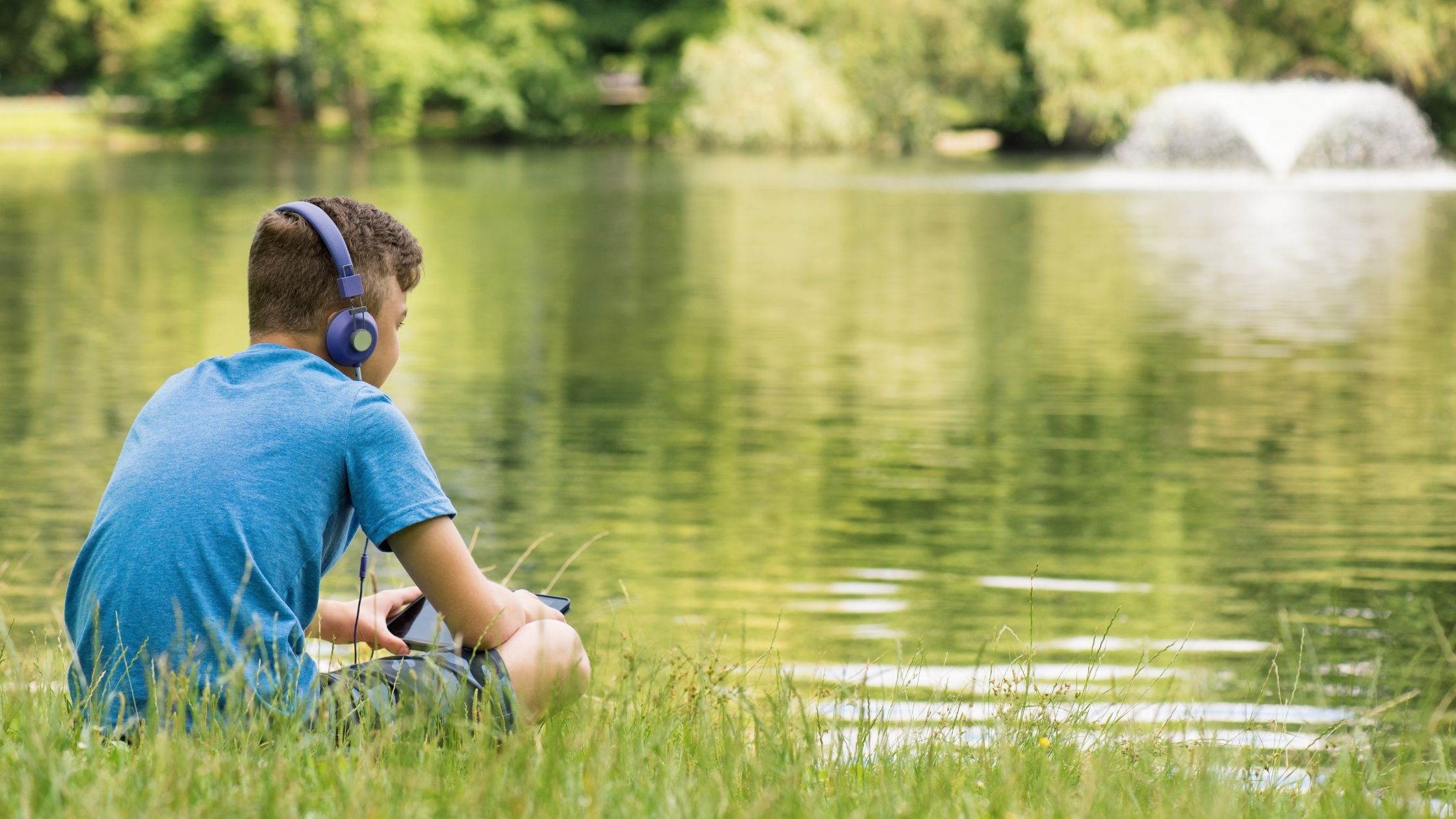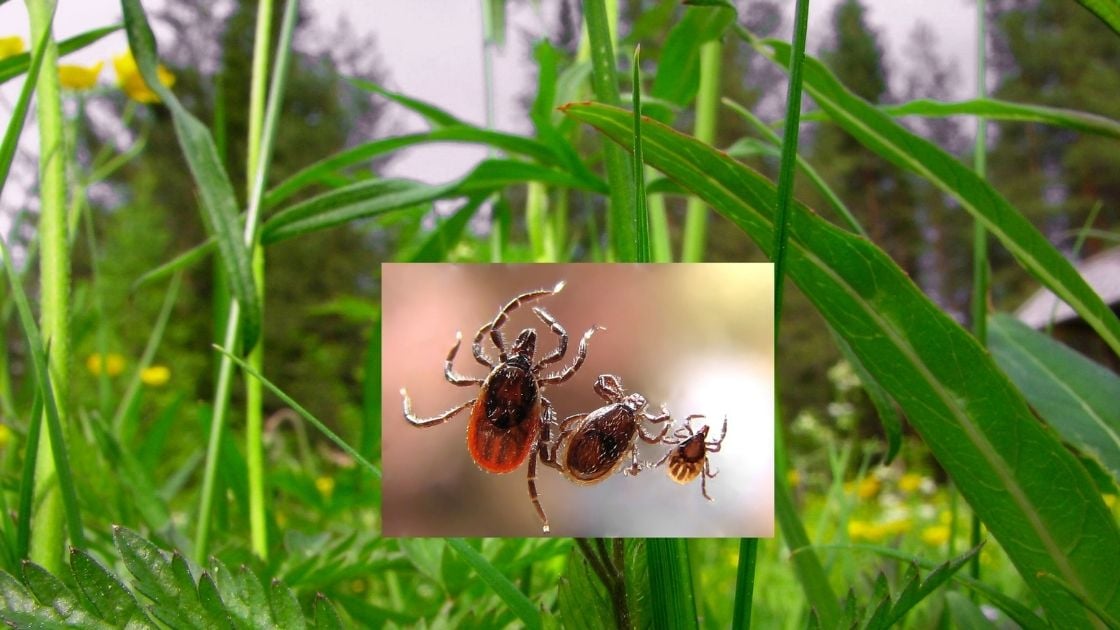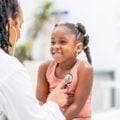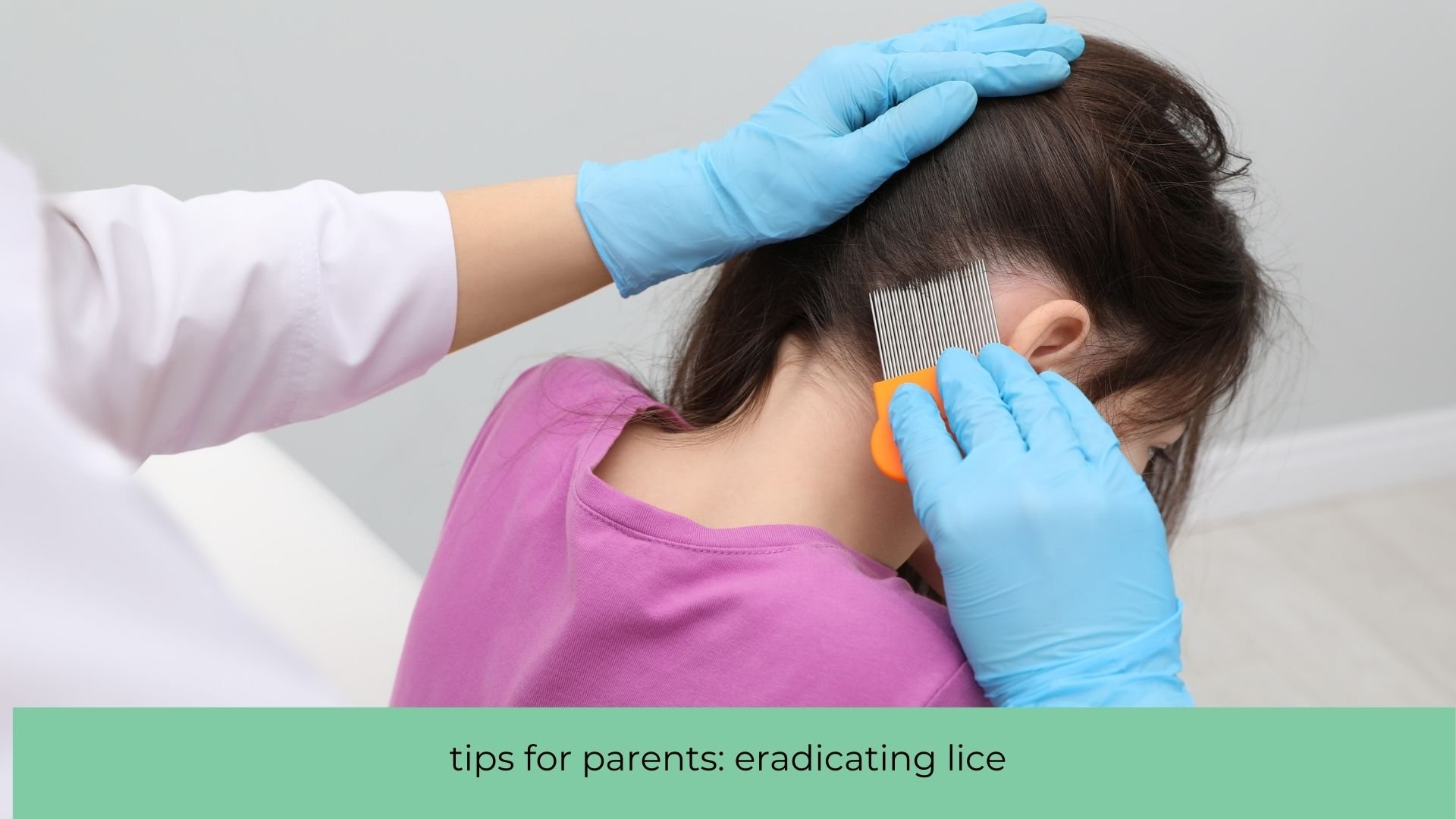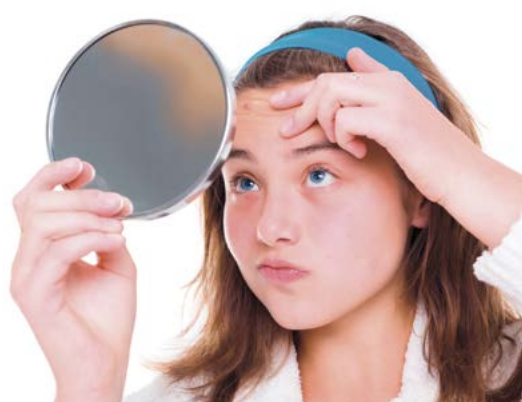Parenting has a way of prompting important conversations. You want to make sure your children are ready for life’s challenges, and yet it can be difficult to figure out the right things to say.
Menstruation is a topic that everyone needs to learn about eventually.
My first exposure to the concept came when I was 7 years old watching an episode of Roseanne in which she tells her son about having her first period at a junior high dance. In the episode, her son runs away screaming. What on Earth could this “period” be that was so frightening?
It’s important to make sure all kids, regardless of gender, receive accurate information about menstruation so that it’s understood to be a normal process — for half of the population! — and needn’t be scary.
Q: When do periods start?
A: In the U.S., the average age of “menarche” — the onset of periods — is 12 years old, with a typical range of 9 to 15 years old.
Q: What happens and why?
A: When talking to your kids about this, you might want to pull up an image online or in a book to use as a guide.
People who menstruate have an organ called the uterus. Some people refer to this as the womb. The uterus looks a little bit like a balloon, but instead of being made of rubber, it’s a muscle. The cervix is the opening at the bottom of the uterus, which is a little like the neck and lip of a balloon. The cervix sits at the innermost point of the vagina.
The inside of the uterus is lined with special cells. Signals in the body called hormones cause this cellular lining to thicken and then shed — in the form of blood — on a monthly basis. When the lining sheds, it flushes from the uterus through the cervix and out the vagina. (It can be helpful to point out to kids that the blood doesn’t mean the person is hurt or in danger.)
People typically use products to soak up or catch the blood so it doesn’t get all over their clothes and bodies. Sometimes blood does leak onto clothes or sheets. Let kids know it’s OK if this happens so they don’t feel embarrassed — or make others feel that way.
If a person becomes pregnant, the hormonal signals change, and the lining of the uterus doesn’t shed. Instead, it helps support the growing baby.
Q: How much bleeding is there?
A: The average amount of blood loss is about 2–3 tablespoons per period. It flows out over about 4–5 days, although some people bleed for more or fewer days. To measure flow, it’s good to know that one fully soaked, normal-sized sanitary product (tampon or pad) holds about a teaspoon of blood (equivalent
to 1/3 tablespoon).
Q: Does it hurt?
A: The uterus generally cramps a bit in the lower abdomen as it lets go of the lining. Some people don’t notice this much, while others have considerable pain. Tell your kids to let you know if they have pain, so you can help them manage it.
If your child needs to stay home from school or other activities due to the pain of periods, talk to a health-care professional.
Some people experience other mental and physical effects before and during their periods as a result of the hormonal signals. These might include mood swings, irritability, anxiety, depression, headaches, constipation, diarrhea, nausea, vomiting, bloating, weight changes, fatigue, insomnia, back pain, breast tenderness and increased acne.
Lifestyle modifications — including focusing on healthy habits such as a whole-foods diet, adequate exercise/activity/sleep and emotional awareness — can help with period problems. Ibuprofen, stool softeners and heating pads might improve some symptoms. Some prescription medications can help, too.
Q: How often does it happen?
A: Initially, periods can be a little bit unpredictable. Typically within a year or two after menarche, periods become more regular. The average time between the start of one period and the start of the next usually is 28 days, but the typical range is 21 to 35 days. If periods don’t occur at this interval a couple of years after menarche, there might be a medical issue that needs to be addressed. (Editor’s note: There are many apps that can help kids and adults track periods, such as Clue, Flo and MagicGirl. Just be aware you’re sharing personal health information with a business when you use such apps.)
Q: What do I need?
A: Tampons, pads, menstrual cups and pantyliners are popular items used to absorb the blood.
Most people start with pads or liners, which are generally made of cotton and stick to the inside of the underwear. You can make or buy reusable pads, which can be hand- or machine-washed. Different sizes of pads are available based on how heavy bleeding is.
Tampons are cotton cylinders that are placed inside the vagina using an applicator or fingers. These can be difficult to maneuver at first. If your child wants to try using a tampon, walk them through the process. Although tampons can be optimal for some people — especially while swimming or participating in other sports and activities — they might not work out right away, and some people never like using them.
Tampons and pads both soak up blood and are thrown away after use (or washed if they’re reusable). Tell children not to flush these products down the toilet (unless you want to deal with a plumbing headache)!
Menstrual cups are small silicone cups that are placed inside the vagina to collect blood. The cup is removed to pour the blood into the toilet, and then it’s replaced in the vagina. Cups are nice for some people for the same reasons as tampons, plus they cut down on waste. But there is a learning curve, and — again, like tampons — some people just never quite like them.
If tampons or cups don’t seem to be working out, it doesn’t necessarily mean there’s a physical problem. Talk to your child’s health-care professional if you are concerned.
Q: When does it stop?
A: There does come a time when periods go away, called “menopause.”
This typically occurs in a woman’s early 50s, but can be earlier or later.
If you do the math, that means about 40 years — likely half a lifetime — of potential periods. Clearly this is a process that affects people for a long time. Make sure your kids are prepared!
Dr. Erin Stevens sees patients at the Edina location of Clinic Sofia, a local OBGYN clinic known for its personalized approach to women’s health care. She’s board certified with the American College of Obstetrics and Gynecology. Learn more at clinicsofia.com.






